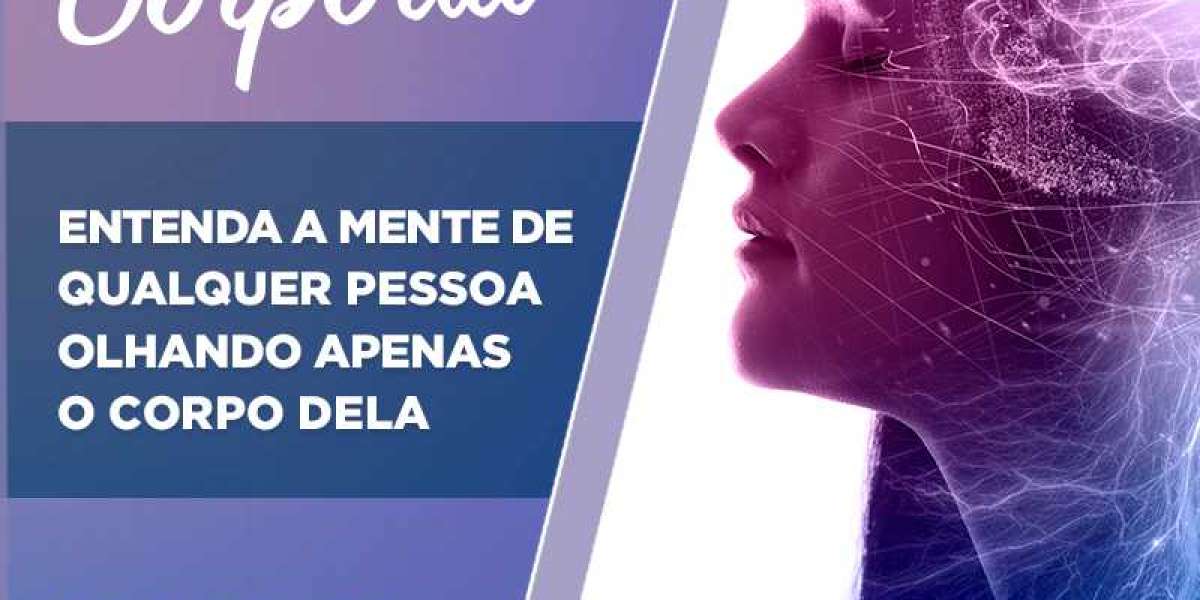Role Of Digital Twins in Personalized Online Learning Spaces In Take My Class Online
Disaster management is a critical field that prepares individuals to respond to emergencies and mitigate the effects of natural or human-made disasters. Traditional methods of disaster management training often include lectures, field simulations, and hands-on exercises. However, with the increasing demand for online education, educators are looking for innovative ways to replicate these immersive experiences in a virtual environment. Virtual Reality (VR) has emerged as a powerful tool for creating realistic, engaging simulations that can provide online learners with practical experience in disaster Take My Class Online simulated, the tools and technologies needed, and best practices for designing effective simulations.
Before diving into the technical aspects of creating VR simulations, it’s important to understand why VR is such a valuable tool for disaster management training. Here are some key benefits:
- Realistic, immersive experiences: VR allows learners to experience disaster scenarios in a controlled, safe environment. They can navigate through a virtual world that mimics real-world conditions, making decisions and observing the consequences in real-time.
- Cost-effective and scalable: Traditional field simulations can be expensive and logistically complex, especially when involving large groups of people or complex disaster scenarios. VR simulations, once created, can be used repeatedly and scaled to accommodate any number of learners.
- Safety and convenience: Disaster training in the real world can be risky and difficult to organize. VR eliminates those risks, allowing learners to practice high-stress, dangerous situations without being exposed to real danger.
- Enhanced retention and learning: Research has shown that immersive experiences enhance memory retention and learning outcomes. In VR, learners can actively participate in disaster scenarios, making the learning process more engaging and impactful.
Disaster management encompasses a wide range of scenarios, from natural disasters like earthquakes and floods to human-made disasters such as chemical spills and terrorist attacks. VR simulations can be tailored to a variety of disaster types, offering learners opportunities to practice different response strategies.
Here are some common disaster scenarios that can be effectively simulated in VR:
- Natural Disasters: Earthquakes, floods, hurricanes, and wildfires can be recreated in virtual environments. Learners can practice evacuation procedures, resource management, and coordination with other responders.
- Pandemics and Public Health Emergencies: With COVID-19 being a recent example, public health crises can be simulated to help learners understand how to manage large-scale medical emergencies, allocate resources, and communicate with the public.
- Industrial Accidents: Simulations of chemical spills, factory explosions, or other industrial accidents can train learners to assess the situation, contain hazards, and protect both personnel and the environment.
- Terrorism and Security Threats: Simulated bombings, cyber-attacks, or hostage situations can provide learners with nhs fpx 4000 assessment 1 focus on triage, coordination of first responders, and resource allocation.
Now that we understand the types of scenarios that can be simulated, let’s go through the steps involved in creating VR simulations for online disaster management courses.
Step 1: Define Learning Objectives
Before designing the VR simulation, clearly define the learning objectives of the course. Ask yourself:
- What specific skills or knowledge should the learners acquire?
- Which aspects of disaster management are most critical to simulate?
- What decisions should learners be able to make during the simulation?
For example, if the focus is on earthquake preparedness, the learning objectives may include understanding evacuation procedures, coordinating with emergency services, and assessing structural damage.
Step 2: Storyboarding and Scenario Design
Once the learning objectives are set, create a detailed storyboard for the VR simulation. This should include:
- A narrative of the disaster scenario, including the sequence of events and key decision points.
- Characters or entities that will interact with the learner, such as other emergency responders or affected civilians.
- Key environments where the simulation will take place, such as urban areas, industrial sites, or rural locations.
- The tools and resources that learners will need to complete their tasks, such as emergency equipment, maps, or communication devices.
During this phase, collaborate with subject matter experts in disaster management to ensure the scenario is realistic and accurately reflects the challenges faced during real-world emergencies.
Step 3: Choose the Right VR Platform and Tools
Several VR platforms and tools can be used to create disaster management simulations. The choice of platform will depend on factors such as your budget, the complexity of the simulation, and the hardware available to your learners.
Some popular VR development tools include:
- Unity: A versatile and widely-used game development platform that supports VR. Unity is suitable for creating highly interactive and customizable simulations.
- Unreal Engine: Known for its high-quality graphics, Unreal Engine is another game development platform that can be used for VR simulation creation.
- CoSpaces: A more beginner-friendly platform that allows educators to create interactive 3D environments and VR experiences without extensive programming knowledge.
- Mozilla Hubs: An open-source platform for creating virtual spaces that can be accessed via a web browser or VR headset. While it may not have the advanced features of Unity or Unreal Engine, it’s a good option for simpler simulations.
In addition to the development platform, you’ll need to consider hardware requirements. Will learners use high-end VR headsets like Oculus Rift or HTC Vive, or will they access the simulation via mobile VR devices like Google Cardboard? This decision will influence the level of detail and interactivity in the simulation.
Step 4: Build the Virtual Environment
Once you’ve selected your tools, begin building the virtual environment. This includes creating 3D models of the locations, characters, and objects that will be part of the simulation. Depending on the nhs fpx 4000 assessment 4 as using emergency tools, communicating with other characters, or assessing damage to buildings.
- Dynamic Events: Create events that unfold in real-time, such as aftershocks following an earthquake or a spreading fire during a wildfire scenario. These dynamic elements make the simulation more engaging and unpredictable.
Step 5: Program Interactions and Decision Points
In VR disaster management simulations, learners should have the ability to make decisions and interact with their environment. Program the simulation to offer multiple decision points, where learners can choose different actions and observe the consequences of their choices.
For example, during a simulated flood, a learner might choose to evacuate an area early or stay behind to protect critical infrastructure. Each decision should lead to different outcomes, allowing the learner to see the impact of their choices on the overall disaster response.
Step 6: Test and Iterate
Once the simulation is built, it’s essential to test it with a group of learners or beta testers. Gather feedback on the user experience, difficulty level, and overall effectiveness of the simulation. Use this feedback to make improvements and refine the simulation.
Testing is also crucial for identifying any technical issues, such as glitches, lag, or hardware compatibility problems. VR simulations can be complex, so thorough testing is necessary to ensure a smooth learning experience.
Step 7: Integrate the Simulation into the Course
Once the VR simulation is complete, integrate it into your online disaster management course. This may involve creating complementary materials, such as readings, quizzes, or discussion prompts, that help learners reflect on their experience in the simulation.
Consider providing multiple scenarios or levels of difficulty, allowing learners to progress through increasingly complex disaster situations as they develop their skills.
To ensure the success of your VR disaster management simulation, keep the following best practices in mind:
- Focus on Learner Engagement: The simulation should be immersive and interactive, encouraging learners to stay engaged throughout the experience.
- Provide Clear Instructions: Ensure that learners know how to navigate the simulation and use any tools or resources provided.
- Offer Real-Time Feedback: Provide learners with feedback on their performance, helping them understand the consequences of their decisions and how to improve.
- Balance Realism and Accessibility: While realism is important, ensure that the simulation is accessible to learners with varying levels of technical expertise and hardware.
Creating VR simulations for online disaster management courses is a powerful way to provide learners nurs fpx 4010 assessment 3 with practical, hands-on experience in responding to emergencies. By following the steps outlined in this guide, educators can design engaging, immersive simulations that enhance learning outcomes and prepare individuals for real-world disaster scenarios. With the right tools and careful planning, VR can transform disaster management training, making it more effective, accessible, and scalable than ever before.







